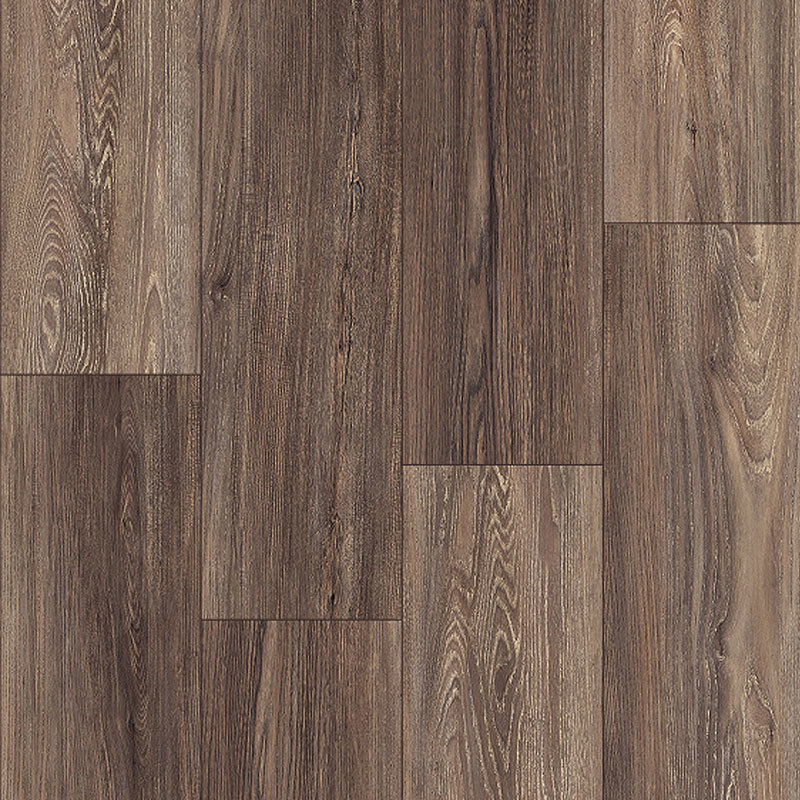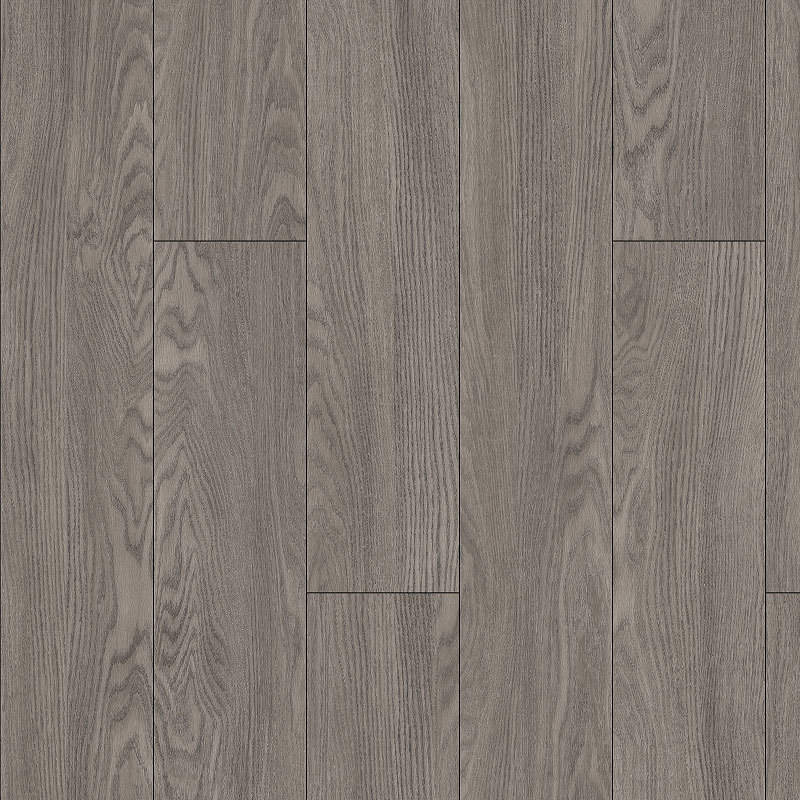
News Center
Is Plastic Flooring the Future of Home Design? Unveiling the Benefits, Trends, and Innovations
Release time: 2025-04-24
Is Plastic Flooring the Future of Home Design?
Introduction to Plastic Flooring: An Overview
Plastic flooring has emerged as a significant player in the realm of home design, captivating homeowners and designers alike with its versatility and functionality. The modern home demands materials that are not only aesthetically pleasing but also durable and easy to maintain. As such, plastic flooring is quickly becoming a go-to solution for many.
In this article, we will delve deep into the various aspects of plastic flooring, exploring its benefits, current trends, innovations, and its standing against traditional flooring options. We aim to provide a comprehensive understanding of why plastic flooring might just be the future of home design.
The Rise of Plastic Flooring in Home Design
The trends in home design are continually evolving, influenced by changing consumer preferences and advances in technology. Plastic flooring, particularly in the form of luxury vinyl tiles (LVT) and sheets, has gained traction for several reasons:
1. Sustainability and Eco-Friendliness
One of the most significant trends influencing the flooring industry is sustainability. Many manufacturers are developing **eco-friendly plastic flooring** options made from recycled materials. This shift is appealing to environmentally conscious consumers looking to reduce their carbon footprint.
2. Affordability and Cost-Effectiveness
Plastic flooring is often more affordable than traditional materials like hardwood or stone. Homeowners can achieve a similar aesthetic without breaking the bank, making it an attractive option for those on a budget.
3. Versatility in Design
Plastic flooring comes in a vast array of designs, colors, and textures, allowing homeowners to create unique and personalized spaces. This versatility enables it to mimic the look of natural materials while providing a modern twist.
Benefits of Plastic Flooring
Plastic flooring offers numerous benefits that make it a compelling choice for home design. Below are some of the most noteworthy advantages:
1. Durability and Longevity
Plastic flooring is designed to withstand heavy foot traffic, making it suitable for both residential and commercial spaces. It’s resistant to scratches, dents, and stains, ensuring that your floors maintain their appearance over time.
Scratch and Stain Resistance
Unlike hardwood, which can be easily scratched, plastic flooring is engineered to resist wear and tear. This quality is particularly beneficial in homes with pets or children.
2. Easy Maintenance
Maintaining plastic flooring is hassle-free. Regular sweeping and occasional mopping are typically all that’s required to keep it looking fresh. This low-maintenance aspect appeals to busy homeowners who prefer to spend less time on cleaning.
3. Water Resistance
Many plastic flooring options are waterproof, making them ideal for areas prone to moisture, such as kitchens, bathrooms, and basements. This resistance prevents warping and damage that can occur with other flooring types.
Current Trends in Plastic Flooring
As the popularity of plastic flooring grows, several key trends have emerged that are shaping the market:
1. Luxury Vinyl Tiles (LVT)
Luxury vinyl tiles offer an upscale look without the high price tag of traditional materials. They are available in a variety of styles, including wood and stone looks, allowing homeowners to achieve their desired aesthetic effortlessly.
2. Textured Surfaces
Textured finishes are becoming increasingly popular, providing a more realistic feel underfoot. Manufacturers are innovating to create products that mimic the grain of wood or the texture of stone.
3. Eco-Friendly Innovations
With a growing focus on sustainability, many brands are investing in eco-friendly production processes and materials. Consumers can now find plastic flooring made from recycled content, contributing to a more sustainable future.
Innovations in Plastic Flooring Technology
The plastic flooring industry is continuously evolving, with new technologies enhancing the quality and performance of products:
1. Improved Manufacturing Processes
Advancements in manufacturing technology have led to higher-quality plastic flooring that is more durable, less prone to fading, and easier to install. These innovations enhance the overall consumer experience.
2. Enhanced Slip Resistance
Safety is a priority in home design. Modern plastic flooring options often incorporate slip-resistant features, making them safe for all areas of the home, including wet environments.
3. Easy Installation Solutions
Many plastic flooring products now come with user-friendly installation systems, such as click-lock designs that do not require adhesives. This ease of installation allows DIY enthusiasts to tackle flooring projects with confidence.
Comparing Plastic Flooring to Traditional Flooring Options
While plastic flooring offers numerous advantages, it's essential to compare it with traditional flooring options to understand its position in the market fully.
1. Plastic vs. Hardwood Flooring
Hardwood flooring is revered for its timeless beauty and value. However, plastic flooring outshines hardwood in terms of affordability, maintenance, and water resistance. While hardwood can be prone to scratches and requires periodic refinishing, plastic flooring remains resilient over time.
2. Plastic vs. Laminate Flooring
Laminate flooring is often seen as a budget-friendly alternative to hardwood. However, plastic flooring generally offers better durability and water resistance. Additionally, plastic flooring can replicate the look of both wood and stone more effectively than laminate.
3. Plastic vs. Tile Flooring
Tile flooring is known for its durability, especially in wet areas. However, tile can be cold and hard underfoot. Plastic flooring offers the same water resistance with increased comfort and warmth, making it a preferable option for many homeowners.
How to Choose the Right Plastic Flooring for Your Home
Selecting the appropriate plastic flooring requires careful consideration of several factors:
1. Assessing Your Needs
Consider the areas of your home where you plan to install the flooring. High-traffic areas may benefit from thicker, more durable products, while bedrooms may allow for more flexibility in design.
2. Style and Aesthetic
Explore the various design options available. Plastic flooring can mimic different materials, so choose a style that complements your overall home décor.
3. Budget Constraints
Establish a budget before shopping for flooring. Plastic flooring offers a wide range of price points, allowing you to find an option that suits your financial plan without sacrificing quality.
Maintenance Tips for Plastic Flooring
To ensure your plastic flooring looks great for years to come, follow these maintenance tips:
1. Regular Cleaning
Sweep or vacuum regularly to remove dirt and debris. Use a damp mop with a mild detergent for deeper cleaning.
2. Protecting Against Scratches
Consider placing mats in high-traffic areas and using furniture pads to prevent scratches from moving furniture.
3. Addressing Stains Promptly
For spills, clean them up immediately to prevent staining. Use a cloth and gentle cleaner for stubborn spots.
FAQs About Plastic Flooring
1. Is plastic flooring safe for children and pets?
Yes, plastic flooring is a safe option for homes with children and pets. Many products are free from harmful chemicals and are designed to be durable and easy to clean.
2. How long does plastic flooring last?
With proper care, plastic flooring can last anywhere from 10 to 20 years, depending on the quality and the level of foot traffic.
3. Can plastic flooring be installed over existing floors?
In most cases, plastic flooring can be installed over existing floors, provided they are in good condition. However, it’s essential to follow manufacturer guidelines for the best results.
4. Is plastic flooring suitable for outdoor use?
While some plastic flooring products are designed for outdoor use, most are intended for indoor applications. Always check the manufacturer's recommendations.
5. Can plastic flooring be repaired if damaged?
Yes, many plastic flooring products can be repaired. Minor scratches can often be buffed out, and if a plank is severely damaged, it can usually be replaced without replacing the entire floor.
Conclusion
In conclusion, plastic flooring is rapidly becoming a preferred choice in home design due to its myriad benefits, including durability, ease of maintenance, and eco-friendliness. As trends shift towards sustainability and affordability, plastic flooring stands out as a versatile option that meets modern design demands. With ongoing innovations and a wide range of styles available, it is clear that plastic flooring is not just a passing trend but a cornerstone of the future of home design. Embracing plastic flooring can lead to beautiful, functional spaces that enhance the overall comfort and aesthetic of any home.
Keywords: plastic flooring
Related news
2025-12-14
Why Waterproof Flooring is the Best Choice for Your Home
Why Waterproof Flooring is the Best Choice for Your Home Table of Contents Introduction to Waterproof Flooring What is Waterproof Flooring? Benefits of Waterproof Flooring Durability: Built to Last Easy Maintenance and Cleaning Aesthetic Appeal: Style Meets Functionality Healthier Home Environment Types of Waterproo
2025-12-11
The Ultimate Guide to Waterproof Click Laminate Flooring: Benefits and Considerations
Waterproof click laminate flooring has gained significant popularity in the flooring industry, especially among builders and decorators looking for durable and stylish options. This innovative flooring solution is designed to stand up to moisture and spills, making it an excellent choice for areas prone to water exposure, such as kitchens, bathrooms, and basements. One of the primary benefits of w
2025-12-08
Upgrade Your Flooring with Trendy Water Resistant Plank Designs
Upgrade Your Flooring with Trendy Water Resistant Plank Designs Introduction to Water-Resistant Plank Flooring In recent years, the demand for water-resistant flooring has surged as homeowners seek solutions that combine style with practicality. **Water-resistant plank flooring** stands out as a versatile option, ideal for various spaces from kitchens to bathrooms. With the right choices, you can

 Language
Language















